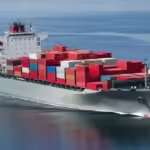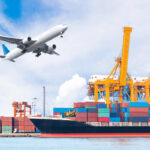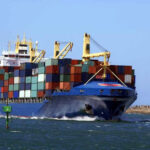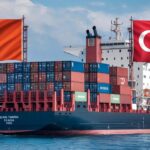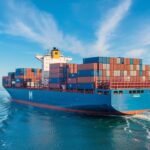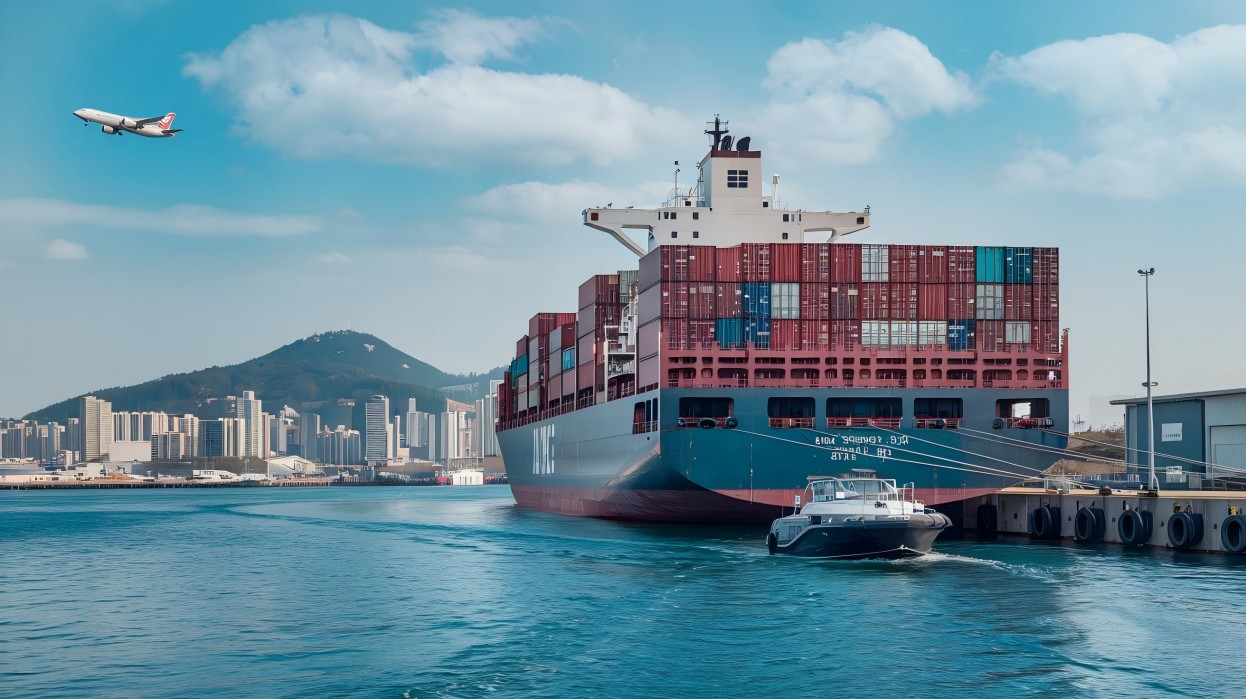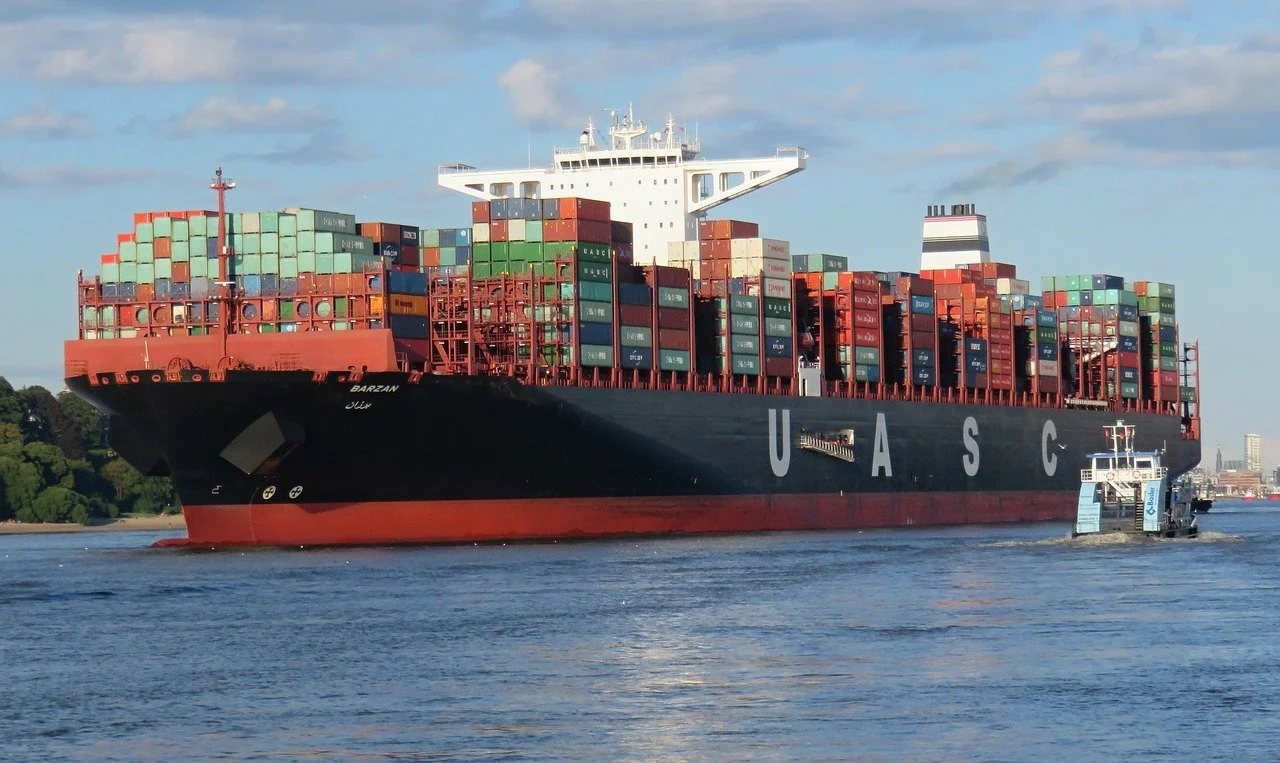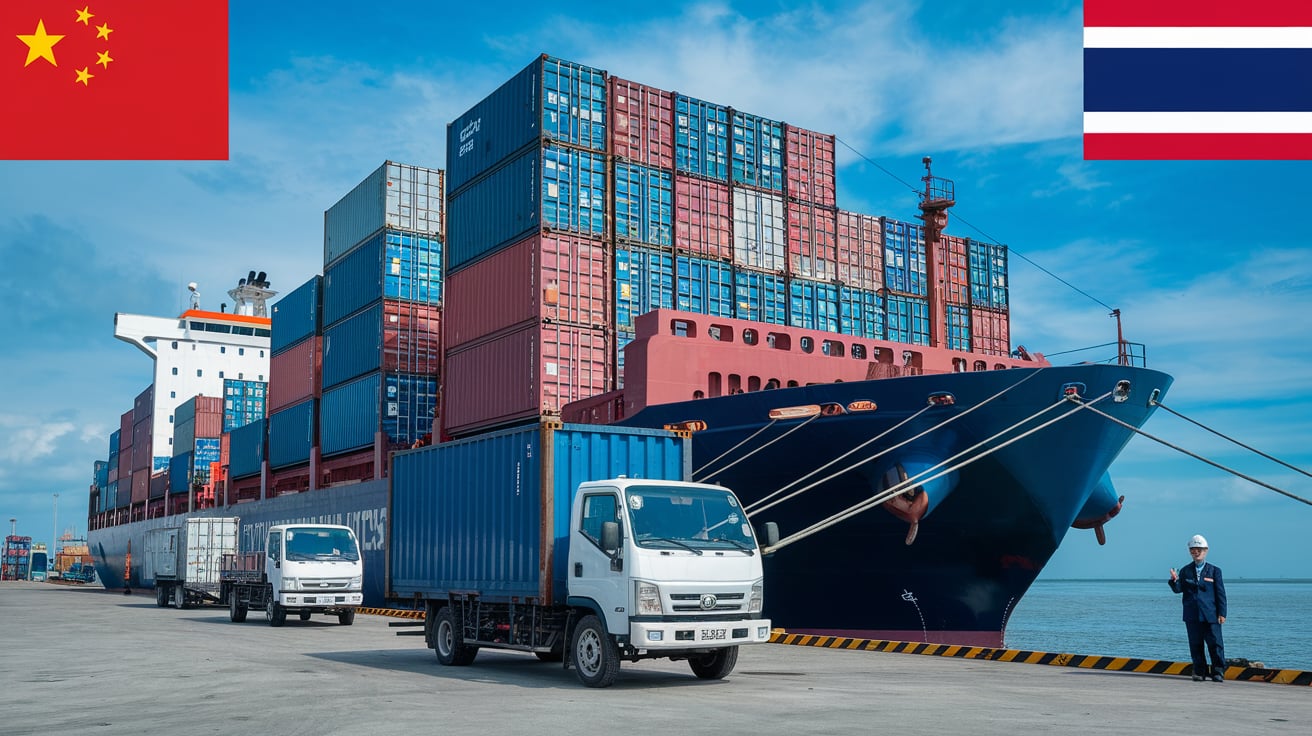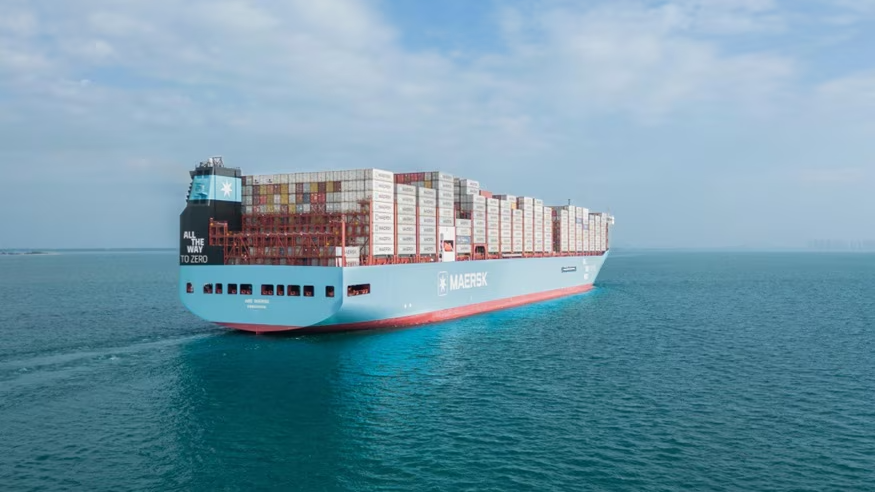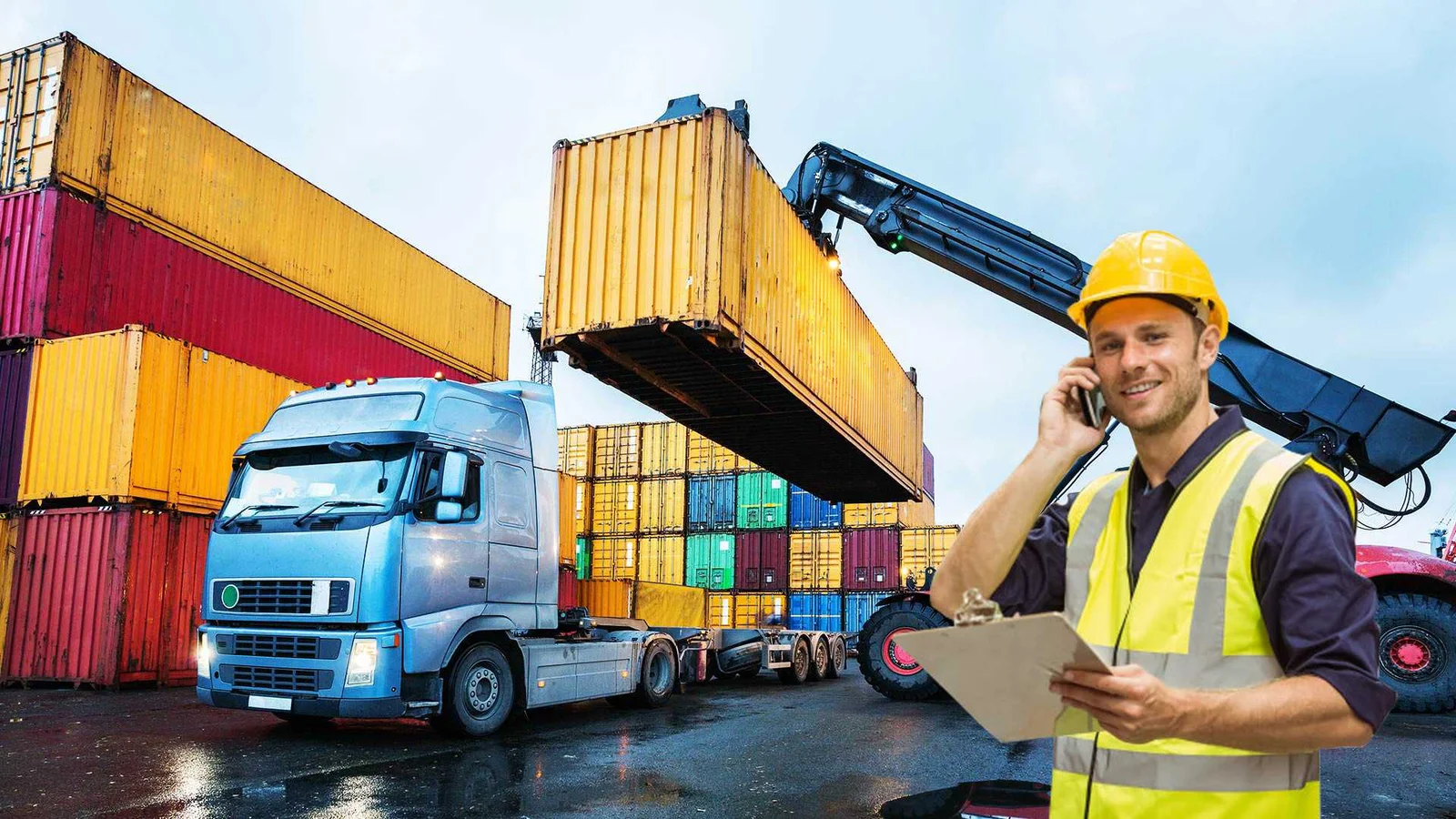In today’s globalized economy, sea freight has emerged as a vital logistics solution for businesses looking to import goods from countries like China. With its ability to transport large volumes of cargo efficiently and cost-effectively, sea freight plays a crucial role in international trade. This mode of transport is not only economically advantageous but also offers various benefits, such as reduced environmental impact compared to air freight.
This guide will provide an in-depth look at the advantages of sea freight, key considerations when shipping from China to Austria, the shipping process, associated costs, and transit times. By understanding these elements, importers can make informed decisions that optimize their supply chain and enhance their overall shipping experience. Whether you are a seasoned trader or new to international logistics, this resource aims to equip you with the essential knowledge to navigate the complexities of sea freight effectively.
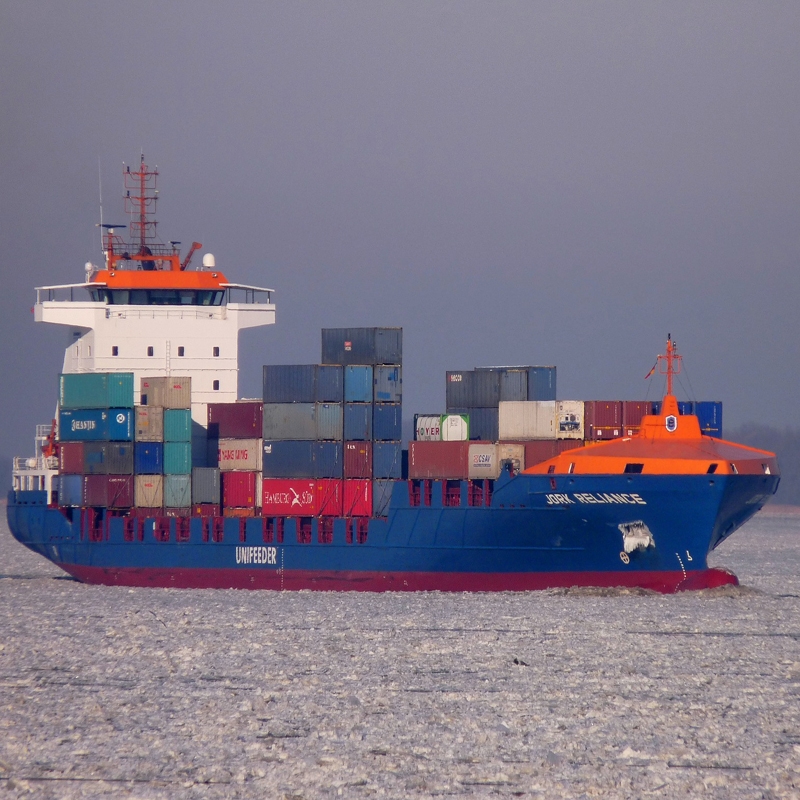
Understanding Sea Freight
Sea freight, or ocean freight, is a major mode of transportation for shipping goods over large distances, especially for international trade. It involves the use of shipping vessels to transport containers filled with cargo across oceans and seas. Companies often choose sea freight for its cost-effectiveness compared to other methods, such as air freight.
When importing goods from China, sea freight is particularly advantageous due to several reasons:
- Cost-Effectiveness: Sea freight generally offers lower shipping rates per unit compared to air freight, making it ideal for bulk shipments.
- Capacity: Shipping vessels can carry large quantities of goods, which is beneficial for businesses looking to import large volumes.
- Variety of Goods: Almost any type of cargo can be transported via sea freight, including heavy machinery, electronics, textiles, and raw materials.
- Environmental Impact: Sea freight is generally more environmentally friendly as it produces lower emissions per ton-mile compared to air transportation.
Benefits of Sea Freight for Importing Goods
Choosing sea freight for importing goods from China offers numerous benefits:
| Benefits | Description |
|---|---|
| Economical | Lower shipping costs make it suitable for bulk cargo and large shipments. |
| Large Cargo Capacity | Accommodates larger volumes of goods than air transport can handle. |
| Flexibility | Multiple service options allow businesses to select routes and schedules that meet their needs. |
| Safety | Sea freight is generally safer for transporting heavy and bulky items. |
| Fewer Restrictions | Less stringent regulations for certain types of cargo compared to air freight. |
Key Considerations for Shipping from China to Austria
When planning to import goods from China to Austria, several key considerations must be addressed to ensure a smooth shipping process. This includes the selection of shipping methods, understanding shipping routes, preparing the necessary documentation, and navigating customs clearance.
Shipping Methods
When shipping from China to Austria, businesses can choose from several shipping methods under sea freight:
- Full Container Load (FCL): Ideal for businesses that have enough cargo to fill an entire container. This method offers cost efficiency and reduced risk of damage.
- Less than Container Load (LCL): Suitable for smaller shipments that do not require a full container. Multiple shipments from different suppliers are consolidated into one container, allowing for shared costs.
- Roll-on/Roll-off (RoRo): Specifically for vehicles and large machinery, where goods are driven onto the vessel, making loading and unloading efficient.
Shipping Routes
Shipping routes play a crucial role in determining the transit time and cost. The most common routes for sea freight from China to Austria include:
| Route | Description |
|---|---|
| Shanghai to Vienna | Direct routes available, typically taking 30-40 days. |
| Shenzhen to Vienna | Alternative option via major shipping ports, with transit times of around 30-45 days. |
| Ningbo to Vienna | Involves transshipment at major European ports, which can affect delivery times. |
Required Documents
Proper documentation is essential for a successful shipping process. Key documents required for shipping from China to Austria include:
| Document | Description |
|---|---|
| Bill of Lading | A contract between the shipper and the carrier, acting as a receipt for cargo. |
| Commercial Invoice | Detailed invoice listing the goods, value, and terms of sale. |
| Packing List | Specifies the contents of each package, including weight and dimensions. |
| Certificate of Origin | Verifies the country where the goods were manufactured or produced. |
Customs Clearance
Navigating customs clearance is a critical step in the import process. In Austria, customs procedures require compliance with both local and EU regulations. Key aspects of customs clearance include:
- Duties and Taxes: Import duties and VAT must be calculated based on the value of goods.
- Customs Declarations: Accurate declarations are required, including all necessary supporting documents.
- Inspection: Random inspections may occur to ensure compliance with regulations and verify the contents of shipments.
To facilitate a smooth shipping process and handle complex logistics efficiently, consider partnering with a professional freight forwarder. At Dantful International Logistics, we provide a highly professional, cost-effective, and high-quality one-stop international logistics service for global traders. With our expertise in Customs Clearance, Insurance Services, and Warehouse Services, we can support your shipping needs from China to Austria and beyond, ensuring compliance and timely delivery.
Read More:
- Shipping From China To Netherlands
- Shipping From China To Spain
- Shipping From China To Germany
- Shipping From China To France
- Shipping From China to Italy
- Shipping From China To Poland
- Shipping From China to United Kingdom
Major Ports for Sea Freight
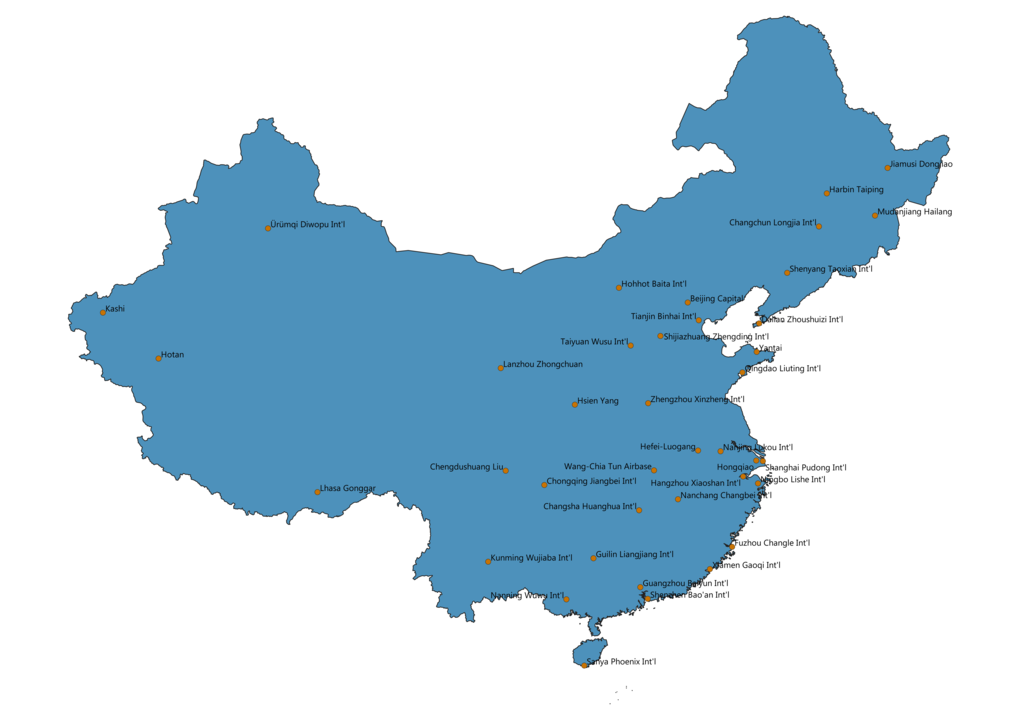
Top Chinese Ports for Exporting to Austria
When considering sea freight from China to Austria, a few prominent Chinese ports serve as major hubs for exporting goods. These ports are equipped with advanced facilities and have established shipping routes to Europe, ensuring efficient operations. The following are the top Chinese ports utilized for exporting to Austria:
| Port Name | Location | Key Features |
|---|---|---|
| Shanghai | Shanghai | One of the world’s busiest ports; comprehensive shipping options and services. |
| Shenzhen | Guangdong | Major export hub known for its rapid processing and proximity to manufacturing centers. |
| Ningbo | Zhejiang | Offers efficient container services and extensive shipping routes to Europe. |
| Guangzhou | Guangdong | Large volume of exports; well-connected to various logistics networks. |
| Tianjin | Tianjin | Strategic location near Beijing; extensive facility capabilities for large shipments. |
These ports are integral to the shipping process, as they facilitate the smooth handling and transportation of goods destined for Austria.
Key Austrian Ports for Imports
Upon arrival in Austria, goods are typically handled at several key ports that facilitate the import process. The primary ports include:
| Port Name | Location | Key Features |
|---|---|---|
| Port of Vienna | Vienna | Major inland port handling a variety of goods, well-connected to European transport networks. |
| Port of Linz | Linz | Strategically located on the Danube, facilitating multimodal transport. |
| Port of Graz | Graz | Regional port handling bulk shipments and a growing logistics hub. |
| Port of Salzburg | Salzburg | Smaller port catering to specific trade needs and effective for regional distribution. |
These ports play a crucial role in ensuring that imported goods are processed and distributed effectively throughout Austria and the wider European market.
The Sea Freight Shipping Process Step-by-Step
Understanding the sea freight shipping process is vital for smooth operations and efficient logistics management. Below is a detailed breakdown of each key step involved in shipping goods from China to Austria:
1. Obtaining a Freight Quote and Booking
- Providing Shipment Details to the Freight Forwarder: Supply the freight forwarder with essential shipment information, including dimensions, weight, type of cargo, and destination.
- Agreeing on Shipping Terms and Rates: Discuss and confirm shipping terms, such as delivery timelines, service types (FCL or LCL), insurance options, and final costs.
- Confirming the Booking: Officially confirm the booking with the freight forwarder to secure space on the vessel.
2. Cargo Pick-up and Delivery to the Port
- Arranging for Cargo Pick-up from the Supplier: Coordinate with the supplier to schedule the pick-up of goods.
- Transporting the Goods to the Port of Departure in China: Ensure timely transportation of the cargo to the selected port in China, ready for boarding the vessel.
3. Export Customs Clearance in China
- Submitting Required Documents: Provide necessary documentation, including the bill of lading and commercial invoices, to the customs authorities.
- Paying Export Duties and Taxes: Ensure all applicable export duties and taxes are settled to facilitate smooth clearance.
4. Loading and Ocean Transportation
- Loading the Cargo onto the Vessel: Supervise the loading of cargo onto the vessel, ensuring proper handling to minimize damage.
- Transit Time from China to Austria: Understand that transit times typically range from 30 to 45 days, depending on the shipping route and vessel schedules.
5. Import Customs Clearance in Austria
- Submitting Import Documents: Present all required import documentation to Austrian customs for clearance.
- Paying Import Duties and Taxes: Settle any applicable import duties and taxes to ensure compliance with Austrian regulations.
6. Cargo Unloading and Delivery to the Final Destination
- Unloading the Cargo at the Port of Arrival in Austria: Once customs clearance is completed, the cargo is unloaded from the vessel.
- Arranging for Final Delivery to Your Warehouse or Facility: Coordinate with local transport services to arrange for the final delivery of goods to your designated location in Austria.
By following these steps and ensuring compliance with necessary regulations, businesses can streamline their sea freight operations from China to Austria.
Dantful International Logistics offers expertise in navigating this entire shipping process, ensuring that your goods are transported safely and efficiently. As a highly professional, cost-effective, and high-quality one-stop international logistics service provider, we are dedicated to supporting your import needs.
Shipping Costs from China to Austria by Sea Freight
Breakdown of Sea Freight Costs
Understanding the shipping costs associated with sea freight from China to Austria is essential for budgeting and financial planning. The overall cost structure can be broken down into several key components, which are as follows:
| Cost Component | Description |
|---|---|
| Freight Charges | This is the primary cost associated with transporting goods by sea, typically calculated based on the volume (CBM) or weight of the cargo. |
| Port Charges | Fees charged by the ports for loading and unloading cargo, including terminal handling fees and port security fees. |
| Customs Clearance Fees | Costs incurred for processing customs documentation and procedures, which can vary depending on the type of goods being imported. |
| Insurance | Optional but recommended cost to protect against potential loss or damage during transport. Rates depend on the value of the goods. |
| Inland Transportation | Charges for transporting cargo from the port to the final destination in Austria, which can include trucking or rail fees. |
| Documentation Fees | Fees associated with the preparation of necessary shipping documents, such as the bill of lading, commercial invoice, and packing list. |
| Duties and Taxes | Import duties and VAT that must be paid upon arrival in Austria, calculated based on the total value of the goods. |
By evaluating these components, importers can gain a clear understanding of the overall costs involved in shipping goods from China to Austria.
Tips for Reducing Shipping Expenses
While shipping costs can be substantial, there are several strategies businesses can implement to reduce their overall shipping expenses:
-
Consolidate Shipments: Combining multiple orders into one shipment (using the Less than Container Load (LCL) option) can significantly lower shipping rates and port fees.
-
Choose the Right Shipping Method: Selecting between Full Container Load (FCL) and LCL based on shipment volume can lead to cost savings. FCL is generally more economical for larger shipments.
-
Negotiate Rates with Freight Forwarders: Establishing long-term relationships and negotiating rates with freight forwarders can lead to better pricing and services.
-
Optimize Packaging: Reducing the size and weight of packaging can lower volumetric weight charges, impacting total shipping costs.
-
Plan Shipments Wisely: Avoiding peak shipping seasons can help minimize costs as rates tend to increase during high-demand periods.
-
Use Technology: Employing logistics management software can help track shipping expenses and optimize routes, leading to additional savings.
Shipping Times from China to Austria by Sea Freight
Port-to-Port Delivery
Port-to-port delivery times between China and Austria can vary based on several factors, including the shipping route chosen and the specific ports involved. Here’s a look at typical transit times for major port pairs:
| Shipping Route | Typical Transit Time |
|---|---|
| Shanghai to Vienna | 30 – 40 days |
| Shenzhen to Linz | 35 – 45 days |
| Ningbo to Graz | 32 – 42 days |
| Tianjin to Salzburg | 28 – 38 days |
Factors Affecting Port-to-Port Delivery Times
Several factors influence the time it takes for cargo to reach Austria from China, including:
- Port Efficiency: The operational efficiency of both the exporting and importing ports can greatly impact loading and unloading times.
- Weather Conditions: Severe weather can delay shipping schedules and port operations.
- Vessel Schedules: The frequency of shipping services and vessels’ schedules can affect transit times. Limited sailings might lead to longer waiting periods.
- Customs Processing Times: Delays in customs clearance at either port can significantly impact overall delivery times.
Door-to-Door Delivery
Door-to-door delivery provides a comprehensive logistics solution, encompassing every step from the supplier in China to the final destination in Austria. This method offers added convenience but also varies significantly in delivery times based on several factors:
- Overall Transit Time: While port-to-port delivery might take 28 to 45 days, door-to-door delivery could range from 35 to 60 days, depending on the distance from the port to the final destination.
- Inland Transportation: The efficiency and availability of inland transport options from the port to the final delivery location may affect timing.
- Customs Clearance and Local Delivery: Similar to port-to-port delivery, the time taken for customs clearance and the logistics of final delivery will also play a role.
When considering door-to-door delivery services, partnering with a reputable freight forwarder like Dantful International Logistics can simplify the process. Dantful offers seamless logistics solutions, ensuring timely and compliant deliveries tailored to your business needs.
Dantful International Logistics Services:
- Dantful Ocean Freight Services
- Air Freight From China
- Amazon FBA Freight Forwarding
- WAREHOUSE Services
- One-Stop Customs Clearance Solution
- Cargo Insurance Services in China
- DDP Shipping Services By Dantful Logistics
- Out of Gauge Cargo Transportation Shipping Services

Young Chiu is a seasoned logistics expert with over 15 years of experience in international freight forwarding and supply chain management. As CEO of Dantful International Logistics, Young is dedicated to providing valuable insights and practical advice to businesses navigating the complexities of global shipping.


